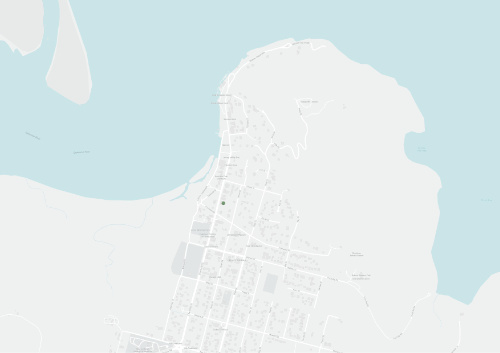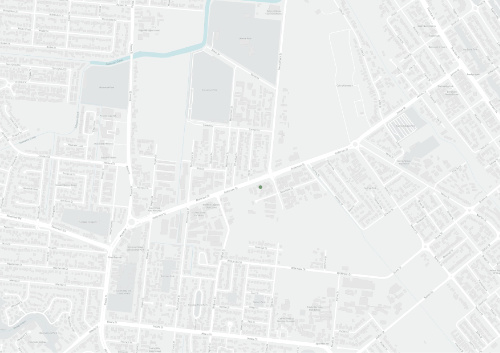Cape York Peninsula is a dream destination, the ultimate road-trip, for people who love four-wheel-driving, fishing and camping. Visitor numbers increase every year, and most take good care of the place. But a small minority are causing problems for other visitors, the region and its people.
Native Animals
Related Content
Any activity that occurs under the sea has the potential to generate noise pollution that disrupts marine animals. The most significant sources of damaging noise are seismic surveys, blasting, construction and sonar devices. Animals that are the most sensitive to underwater noise are those that use echolocation or sonar for feeding and navigation. Dolphins appear to be particularly sensitive to high-pitched noises, such as those caused by pile-driving or drilling, and can be affected from distances of up to 1-2 km. Whales tend to be affected by deeper sounds.
A generous donation of 50 turtle nest cages by two businesses, Hickey’s Metal Fabrication, and Specialised Brake and Clutch Service, to the Pormpuraaw Land and Sea Management Rangers (Pormpuraaw Rangers) will help the next generation of endangered olive ridley turtles survive.
Staff from the Penrith, NSW - based businesses donated time and materials to the effort which was organised by Specialised Brake and Clutch Service’s Kevin Gavin.
‘Everyone was very pleased to help,’ he said.
With the support of Cape York NRM, the Western Cape Turtle Threat Abatement Alliance, a collective of five western Cape Indigenous Ranger groups, spent the 2019 nesting season (June – September) monitoring seven beaches, managing feral pig numbers and installing turtle nest cages to protect eggs and hatchlings.
WCTTAA’s end of season meeting for 2019 was held in Cairns in December with special guest Threatened Species Commissioner Dr Sally Box in attendance.
The Golden Shouldered Parrot is a small granivore known for nesting inside termite mounds and at the time of this plan's development was restricted to just two small populations in central Cape York Peninsula.
The goals for this plan were to develop and implement land use strategies that would restore grassland and grassy woodland habitats to benefit fauna which the Golden Shouldered Parrot relies on and assist in the recolonisation of former known habitats to ultimately change the threatened species listing for the Golden Shouldered Parrot from endangered to vulnerable.

